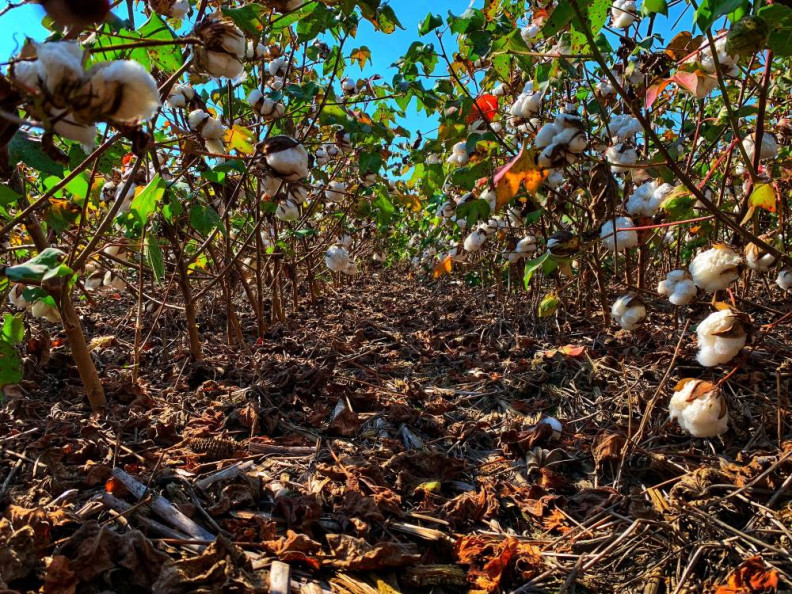By Jim Steadman
As cotton growers have watched prices continue to fade as COVID-19’s impact on markets – and potential acres for 2020 – increases, USDA’s March 31 Prospective Plantings report for the year may have come as a shock.
According to the report, U.S. cotton acres are estimated at 13.7 million acres – down less than 1% from 2019. Upland acres total 13.5 million acres, with Pima estimated at 228,000 acres. Across the Cotton Belt, only six states – Florida, Kansas, Missouri, New Mexico, Oklahoma and Texas – were projected to show small percentage increases in cotton acres this year.
To help put the USDA numbers into context, however, recall that growers were surveyed by the National Agricultural Statistics Service (NASS) during the first two weeks of March, just prior to the broad scale public health and business restrictions put in place due to coronavirus.
“These are strange times, and the market was obviously surprised,” said Dr. John Robinson, professor and Extension cotton marketing specialist at Texas A&M University. “It was 50 points up going into the report and down 65 points afterward. The market was probably expecting 12.5 million acres or less.
“I’ve been puzzled by NASS reports in the past that didn’t seem to line up with reality,” he added. “But they’re right more often than I am.”
While he was still attending meetings up to three weeks ago, Robinson noted that many growers at that time were unsure about what to do and were planning to wait until the last minute to finalize planting decisions. This report may not provide a clearer direction.
“We’ve often seen big swings from USDA’s March number to its June Planted Acres report, usually because of weather conditions,” he said. “But NASS is generally right in their projections. They have statistically reliable approaches to determining their numbers. The carpenter always says measure twice and cut once. NASS will take another measurement, and we’ll have a better picture on acres.”


